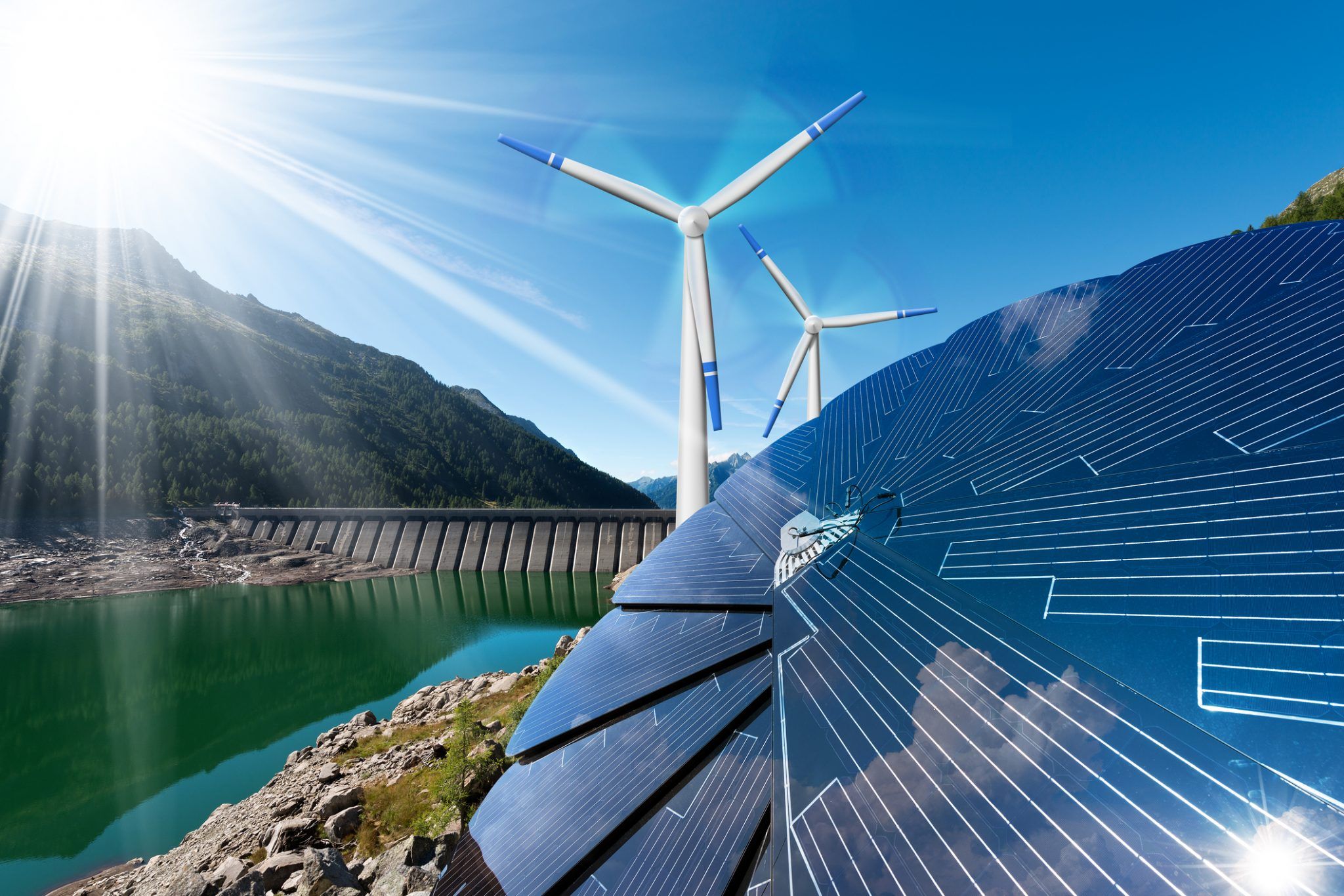Seeing the need for an update for solar power technical potential in Indonesia, the Institute for Essential Services Reform (IESR) with technical support from the Global Environmental Institute (GEI) conducted a nationwide geographic information system-based (GIS-based) solar photovoltaic (PV) technical potential assessment in the country.
Technical potential estimates represent the achievable electricity generation potential (terawatt-hours), including its capacity potential (gigawatt-peak) and suitable land area (square kilometers), given the topographical (geographical) and land-use constraints as well as PV system performance. The technical potential is different from economic or market potential, as it does not consider projected costs and policy and regulatory limits (other than those related to land-use), and thus, do not represent the level of the generation that might actually be deployed, but rather an upper-boundary estimate of development potential. Using publicly available GIS data, this report covers both national- and provincial-level results of Indonesia’s spatial analysis and focuses on large-scale (utility-scale) ground-mounted solar PV applications.
The analysis of this report is the first step of a series of activities to assess potential solar PV projects in Indonesia and provides an overview of national solar power potential before zooming in to the potential regions. The estimation of the technical potential starts with first assessing the suitable areas and terrain for solar PV development. Then, by considering the solar resource potential in the areas and taking some technology-specific assumptions, the technical potential can be calculated. Several constraints to determine the suitable areas include certain terrain features (e.g., ground slope), protected areas, land-use restrictions, water bodies, and others.

Our findings show that Indonesia’s solar PV technical potential ranges between 16 to 95x larger compared to the current national estimates by the Ministry of Energy and Mineral Resources (MEMR), which is 207 GW (see Table 4).

As the assessment goes into provincial and cities/regencies level, the findings can be used to inform policymakers, PLN, business players, and other relevant stakeholders to accelerate solar development in Indonesia, starting by updating Indonesia’s solar potential figure and identifying potential solar projects across the country.
Here are some of the key recommendations that policymakers and PLN could do:
- The government could update their nationwide solar technical potential figure, to reflect the more detailed potential for solar energy development in Indonesia. The current assessment shows Indonesia’s solar potential is higher (16 to 96x) than the current official figure (207 GW) and it has the potential to supply Indonesia’s future energy demand.
- The municipal government and its respective PLN’s regional office could work together on identifying prospective locations in their jurisdictions. Case studies such as for Bali and Sumba could be entry points to more detailed planning. Assessment should include current and projection of electricity supply and demand in the area, grid study, financing needs, as well as related policies and incentives.
- Further technical assessments can be conducted, particularly to zoom in on specific locations at the cities/regencies level and even smaller, not only for utility/large-scale solar but also for floating solar and rooftop solar.

